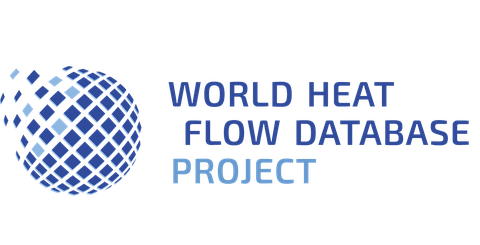Jun 02, 2022
Project start of World Heat Flow Database
The joint funding application of the Geoforschungszentrum Potsdam and the TU Dresden (TUD) for the World Heat Flow Database (WHFD) project was already approved in November last year. The initiation of the project started in April and we are now preparing for the planned kick-off meeting in Potsdam in June 2022.
Heat flow is a measure of thermal energy flowing from the Earth's core to its surface. From this, insights into the evolution of our planet can be gained. Furthermore, the measure is of utmost importance for the analysis of the Earth's temperature field over spatial and temporal scales and improves the understanding of geodynamic processes and complex tectonic structures. The prerequisite for this is reliable data, which is not yet available.
So far, the data quality is heterogeneous and has only rudimentary or even missing information on the respective metadata or the data description. Although there are basic agreements on how data can be described, these are severely outdated, insufficient and no longer contemporary.
Under the auspices of the International Heat Flow Commission, a new data structure was presented last year (Fuchs et al. 2021), which is intended to ensure transparent and homogeneous data quality. This new data structure will serve as a prerequisite for entries in the WHFD project. Already existing data will be transferred into the new structure by experts and future data will receive a format template/structure template.
The overall goal of the WHFD project is the development and implementation of a new research data infrastructure for terrestrial heat flow data with a modern web portal and a central access point for heat flow data and information. The data shall be quality controlled and well documented in a database to be available to interested parties for exploration, visualization and download. Contents of the web portal are kept up to date by the publication of new data. In order to place the database entries in a comprehensive research context, the data will also be referenced with information on authors, researchers, publications and corresponding projects. For interoperability with other geoscientific applications, standardized interfaces, data formats and metadata will be offered.

